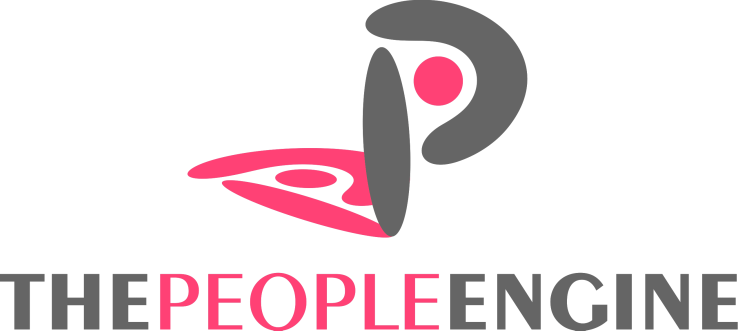High performers are the elite talent of any organisation. Few and far between, they are highly prized and at times, tricky to manage.
So who are the high performers in your organisation? You can pick them out with by recognising the following characteristics.
Characteristics of high performers
Positive
They have a confident, can-do attitude. These people believe they can accomplish anything, as long as they put in the work, focus and persistence. This attitude not only gets them through tough situations but inspires others to rally around them.
Growth mindset
High performers are always looking for how to learn new skills, sharpen existing ones and learn from their mistakes. They are life long learners who tend to be highly flexible and adaptable.
Achievement Orientated
They get it done. These employees live to accomplish things, particularly the most challenging tasks and projects.
Self Driven
If they say they are going to achieve something, you don’t have to motivate them. It is like a fire inside that keeps them going. High performers have their own agenda and are out to prove that they can and will deliver to themselves and everyone else.
They are workhorses
They do not see the hours tick by. They just keep going. Their drive to keep moving forward, achieve and improve sustains them and keeps them going. Not only do they keep moving forward, but their energy and drive are consistent. They deliver day in and day out.
Seek out constructive feedback
High performing talent is always looking to improve. Getting constant and constructive feedback is a vital part of their process. These people are interested in getting actionable feedback on how they can improve and what they don’t do so well. What sets them apart is they crave to sit down with their managers and have those discussions.
Seek guidance outside the organisation
These employees are not afraid to go outside the scope of their managers and peers for feedback. They will search outside the organisation to find ways to improve and implement these changes.
These are the people you want to retain in your company. However, they can be challenging to manage. They will often look outside of the organisation if they are feeling stifled or bored with their work. So how can you manage these people to keep them happy, motivated and productive?
How to manage them
Set clear goals and align expectations
Be crystal clear when setting mutually agreed upon and measurable goals. Use a framework like SMART, so you are both agree to goals that are specific, measurable, accountable, relevant and time-bound. Stretch them a little as well, but don’t make them overly ambitious. High performers love a challenge, but unachievable goals rapidly corrode motivation and confidence.
Give them what they need to succeed
Your role as a manager is to set strategy, provide direction and give people the resources they need to succeed. Make sure your high performers have the people, budget, and training, removing any obstacles that stand in their way.
Let them do their work
Once you have given them the goals and the tools they need, step back and let them do their work. High performers love to have their freedom and don’t respond well to micromanaging. If they need help, they will definitely ask for it.
Use their time wisely
High performers hate non-productive meetings. Make sure your 1:1’s have a clear agenda and focus on what you can do for them. Find out what obstacles they need help clearing and if they need any further resources to get work completed. Use this time to give constructive feedback. Discuss priorities and focus, as they can get distracted by other request or new and exciting projects. Leave the mundane reporting on progress milestones to Slack or email.
Allocate special projects
This is needed, especially if they are getting frustrated with their career path or not being promoted as quickly as they desire. The particular project should provide new and exciting work, and give them a chance to grow and build on their current skills set. It can act as a release valve, just make sure these projects don’t distract them too much from their essential work.
Provide opportunities to grow
Similar to the previous point, but this is more structured learning. Provide high performers with plenty of opportunities to learn. Give them the budget to do the course, or let them work on part-time projects across other teams. Let them acquire new skills which they can leverage, but doesn’t take them away from the core projects you need them to complete. Lack of growth opportunities is often a reason why high performers will move on to greener pastures.
Surround them with other high performers
High performers want to surround themselves with others of the same calibre so they can learn and improve, not only themselves but the overall success of the team. You can also motivate these employees by enlisting them help in recruitment and interviewing of other team members. They get excited about bringing on new talent, and it definitely helps with bonding.
Give them flexibility
As long as they deliver and the way they do it doesn’t damage the ability or functioning of the team, you should allow it. If they want to work from home a few days a week, let them. There is enough technology out there to allow for it. You may even find that they become more productive.
Encourage them to find an outlet
These people are like high-performance sports cars. They can’t sustain performance if they don’t have the right maintenance. Encourage them to find a way to look after themselves physically and psychologically. It doesn’t help you or the employee if they burn out.
Finding and hiring great talent is tough, but keeping that talent is even harder. Make sure you spend time nurturing your investment in people to keep them happy and focused.




